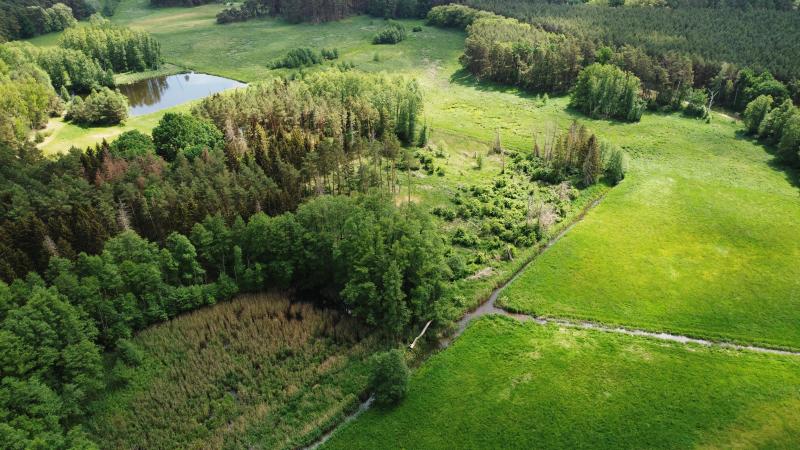
For one year, the researchers immitated the waters and environmental conditions of our latitudes in the laboratory. | Photo: Cees Mooij / NIOO-KNAW
Shallow lakes, ponds, rivers and wetlands are responsible for a large proportion of global natural greenhouse gas emissions, making them particularly relevant to climate impact research. Most of the methane is caused by bubbles filled with methane gas that develop in the sediment at the bottom of these water bodies. As soon as the bubbles reach the water surface, the greenhouse gas enters the atmosphere.
For the study, an international team of scientists evaluated data on methane release from diverse waters around the globe – ranging from local fishponds to postglacial lakes in Scandinavia to subtropical city ponds in China. In addition, the influence of rising temperature on methane release was measured in a laboratory study at the Dutch Institute of Ecology (NIOO-KNAW).
Higher temperatures, more methane – more methane, higher temperatures
In eight large tanks filled with water and sediment, the researchers mimicked the waters and environmental conditions of our latitudes over a period of one year. A simulated temperature increase of 4°C resulted in 51 percent higher methane emissions from released gas bubbles throughout the year. "The temperature effect on methane release was primarily due to increased microbial activity in the sediment," explains Dr. Sabine Hilt, co-author of the study and working group leader at the IGB. The scientists have calculated that a temperature rise of only 1°C would lead to six to 20 percent higher emissions of methane bubbles, which in turn would result in an additional increase in temperature.
"Every tonne of greenhouse gas that we emit leads to additional emissions from natural sources such as methane bubbles,” reminds Prof. Dr. Sarian Kosten, head of the study and former IGB guest scientist. "Luckily, the opposite is also true: if we emit less greenhouse gas and the temperature drops, the methane emissions from natural sources drop, too.” Measurements in different water types and climate zones worldwide could provide more accurate predictions for future methane emissions – an important premise for forecasts of global warming trends and to counteract.
Read the study in the Open Access journal Nature Communications >
Ralf C. H. Aben, Nathan Barros, Ellen van Donk, Thijs Frenken, Sabine Hilt, Garabet Kazanjian, Leon P. M. Lamers, Edwin T. H. M. Peeters, Jan G. M. Roelofs, Lisette N. de Senerpont Domis, Susanne Stephan, Mandy Velthuis, Dedmer B. Van de Waal, Martin Wik, Brett F. Thornton, Jeremy Wilkinson, Tonya DelSontro & Sarian Kosten (2017) Cross continental increase in methane ebullition under climate change. Nature Communications 8: art. 1682. doi: 10.1038/s41467-017-01535-y




